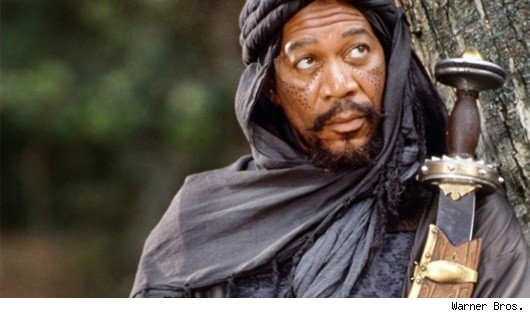Thanks to Robin Sloan and his always-interesting newsletter, I discovered an interesting idea about stories: it’s the primes that really matter.
The stories that have stayed with us for years (or centuries or millennia) have not stayed with us because every word or every scene is important. There are key elements that are important: a scene, an image, an idea, a certain archetypal character. In other words, these are the prime numbers, the tentpoles for the rest. If the key elements in the story are the prime numbers, then the rest are just regular numbers, and you can move and mix them around as you like and still end up with basically the same story.
So, for example, you can remix and adapt Sherlock Holmes quite well, as long as you get a few key things right: the primes.
Sloan attributes the idea of the Primes of the Story to Zachary Mason, who thought a lot about what the primes of The Odyssey were.
But I want to take the idea further: can you add a prime to a story and have it stick?
Can you add another prime to Sherlock Holmes or the Odyssey that is so good that it will become a full part of the story as it is passed down over time?
For example, I’ve seen a production of a Sherlock play that added Charlie Chaplin as a boy character, something akin to one of the Baker Street Irregulars. It … mostly worked. (It’s helped by the fact that as a boy Chaplin was in a Sherlock play in London). Maybe it could eventually be added to the primes of Sherlock, though I doubt it. Either way, inserting Charlie Chaplin into Sherlock Holmes is clearly an attempt to add a prime.
But there is actually one example where a new prime has been added to myth and has (seemingly) stuck.
Robin Hood. Only since the 1980s has the addition of a Saracen character been common.

If you, like me, remember when Prince of Thieves came out, and thought Morgan Freeman was great it in (which he was) then you might be surprised to know that the movie was only the second time a story of Robin Hood included a character like that.
Here’s Wikipedia on the subject:
Since the 1980s, it has become commonplace to include a Saracen (Muslim) among the Merry Men, a trend which began with the character Nasir in the 1984 ITV Robin of Sherwood television series. Later versions of the story have followed suit: the 1991 movie Robin Hood: Prince of Thieves and 2006 BBC TV series Robin Hood each contain equivalents of Nasir, in the figures of Azeem and Djaq, respectively. The latest movie version, 2010’s Robin Hood, did not include a Saracen character.
Personally, I think that’s a prime that is going to stick with the legend of Robin Hood. It’s just too good, and it opens up a whole new avenue for storytelling. It fits. I would bet that as long as legends of Robin Hood are told, a Nasir or Azeem or Djaq will likely be at his side.
A new prime has stuck.